Virola (Virola peruviana) – Freshly Shredded, Shipibo – Conibo Tribe, Peru
Desde € 8,94 Incl. VAT
Botanical name: Virola Peruviana
Common name: Virola
Plant part: Bark
Form: Shredded
Country: Peru
Region: Vista Alegre de Iparia, Rio Ucayali
Tribe: Shipibo-Conibo
Beschreibung
More about the Virola genus
What is Virola?
Botanically described as Virola sebifera or sometimes referred to as “wild nutmeg,” it is a species of tree in the Myristicaceae or Nutmeg family. There are a few others in the virola spp or sub species such as virola oleifera, virola guatemalensis and the virola venosa,
Botanical Description
It is a majestic tree that stand tall among their verdant surroundings, reaching heights averaging 30-40 meters. With smooth bark ranging from pale gray to reddish-brown hues, adorned with stunning clusters of delicate flowers showcasing shades of cream and light yellow pigments – which attract various pollinators such as bees and butterflies They have very particular and notable ellipsoidal fruits.
People always ask questions such as “Is Virola an orally administered hallucinogen?” but it is itself just a tree some tribes use to prepare their ritualistic snuffs.
Where is the Virola tree?
The Virola tree, a member of the family Myristicaceae, thrives within the magnificent biodiversity hotspot known as the Amazon Basin in countries such as Brazil, Columbia, Ecuador, Venezuela, Surinam, and Peru. Nestled in this vast tropical rainforest region, characterised by its high humidity and year-round rainfall, one can witness the captivating presence of these ancient trees.
Whether standing among other towering giants or standing alone in open spaces brought about by natural disturbances like clearings or riversides, the Virola tree is an integral part of maintaining ecological balance within this unique biome that is crucial for both flora and fauna alike in unimaginable ways.
What is the use of Virola?
Tribes through the Amazon region use traditionally different species of this genus to make hallucinogenic snuffs. Nowadays its use is nearly extinct with very few tribes still practicing this tradition. From Venezuela to Columbia and Brazil. Tribes such as the Tucano or the Yanomami that live on the border of Brazil and Colombia.
These tribes prepare a powder they mix with preparations of other plants like the the justicia bush and lime or plant ashes. They blow the preparation up their nose with long tubes with the help of a shaman.
The virola snuff, traditionally used by the Yanomami and Tucano communities in South America, holds significant anthropological importance in understanding indigenous cultural practices.
The Yanomami people, who inhabit the remote Amazon rainforest regions of Brazil and Venezuela, have long revered this plant-based substance for its spiritual and medicinal properties. The intricate preparation process involves extracting resin from the bark of specific Virola tree species and combining it with ashes obtained from other plants.
This concoction is then ground into a fine powder, resulting in a powerful snuff rich in psychedelic compounds called tryptamines. When consumed nasally through a special tube known as “takini,” the virola snuff induces altered states of consciousness characterized by vivid visions and sensory perceptions unique to each individual’s experience. These visionary encounters are thought to connect users with ancestral spirits while providing important insights into tribal mythology, healing rituals, and social cohesion among the Yanomami community.
Parica
Parica, a prominent tree found exclusively within the territories of tribes inhabiting the Western Amazon and fragments of the Orinoco Basin, assumes an integral role in their sacred magico-religious ceremonies. Esteemed Brazilian botanist Adolpho Ducke extensively discussed this phenomenon in his scholarly literature, shedding light on the indigenous tribes residing alongside Rio Negro who ingeniously crafted a peculiar snuff known as paricá.
Conjured from leaves harvested exclusively from Parica trees, this hallucinogenic concoction holds paramount significance among these ancient communities. Impressively multifaceted in its application, it appears that paricá denotes a broader classification encompassing diverse psychoactive snuffs derived not only from Parica but also other plant varieties like Anadenanthera peregrina.
The profound interrelation between Parica and tribal rituals signifies nature’s intricate tapestry intertwined with human belief systems and elicits further scientific inquiry into this fascinating cultural symbiosis.
Buy Virola
At Maya Ethnobotanicals we sell the shredded bark of the Virola tree. It is the finest quality especially harvested and treated by the Shipibo-Conibo indigenous people from the Vista Alegre de Iparia, Rio Ucayali in Peru. We receive it regularly from them to maintain a fresh product for your convenience,
Reviews (0)
Only logged in customers who have purchased this product may leave a review.
Legality
Disclaimer
Related products
Sacred Plants
Sacred Plants – Ololiuhqui – Morning Glory (Ipomoea corymbosa) Whole Seeds from Mexico, 2 grams

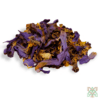
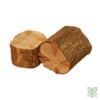
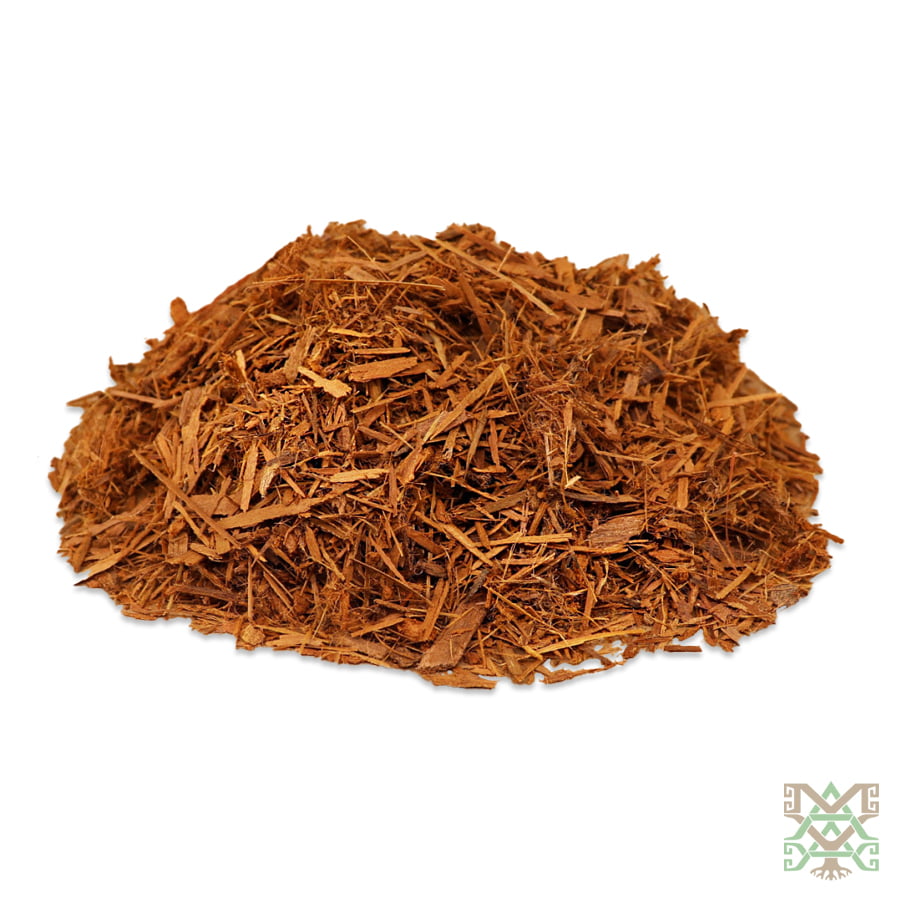

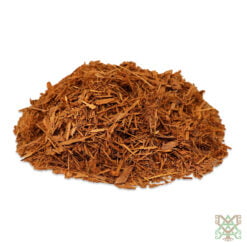
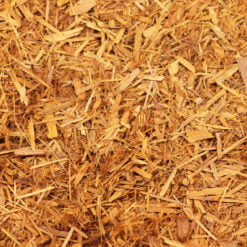

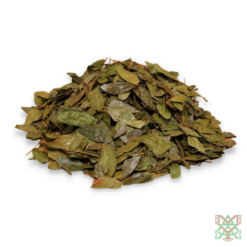
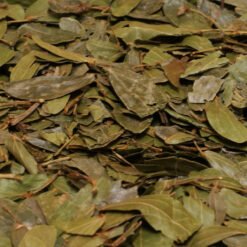
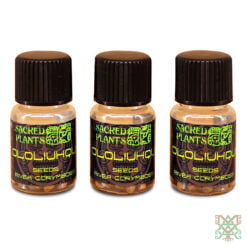
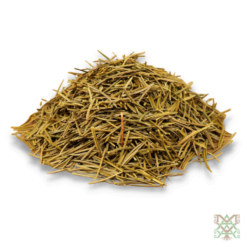
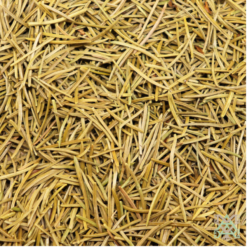
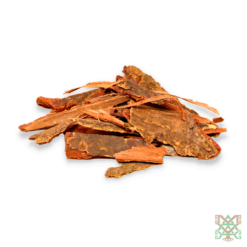
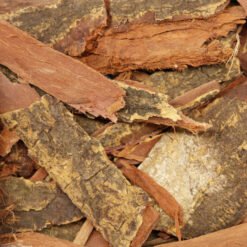
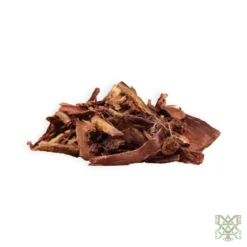
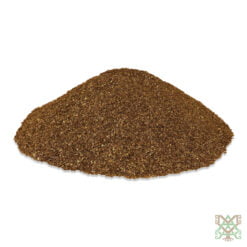
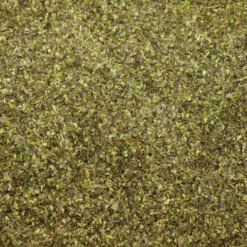
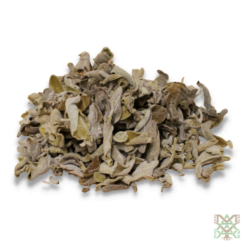
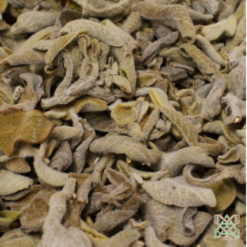
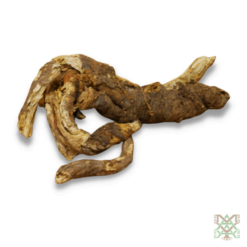
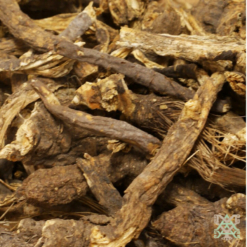
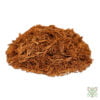
Reviews
There are no reviews yet.